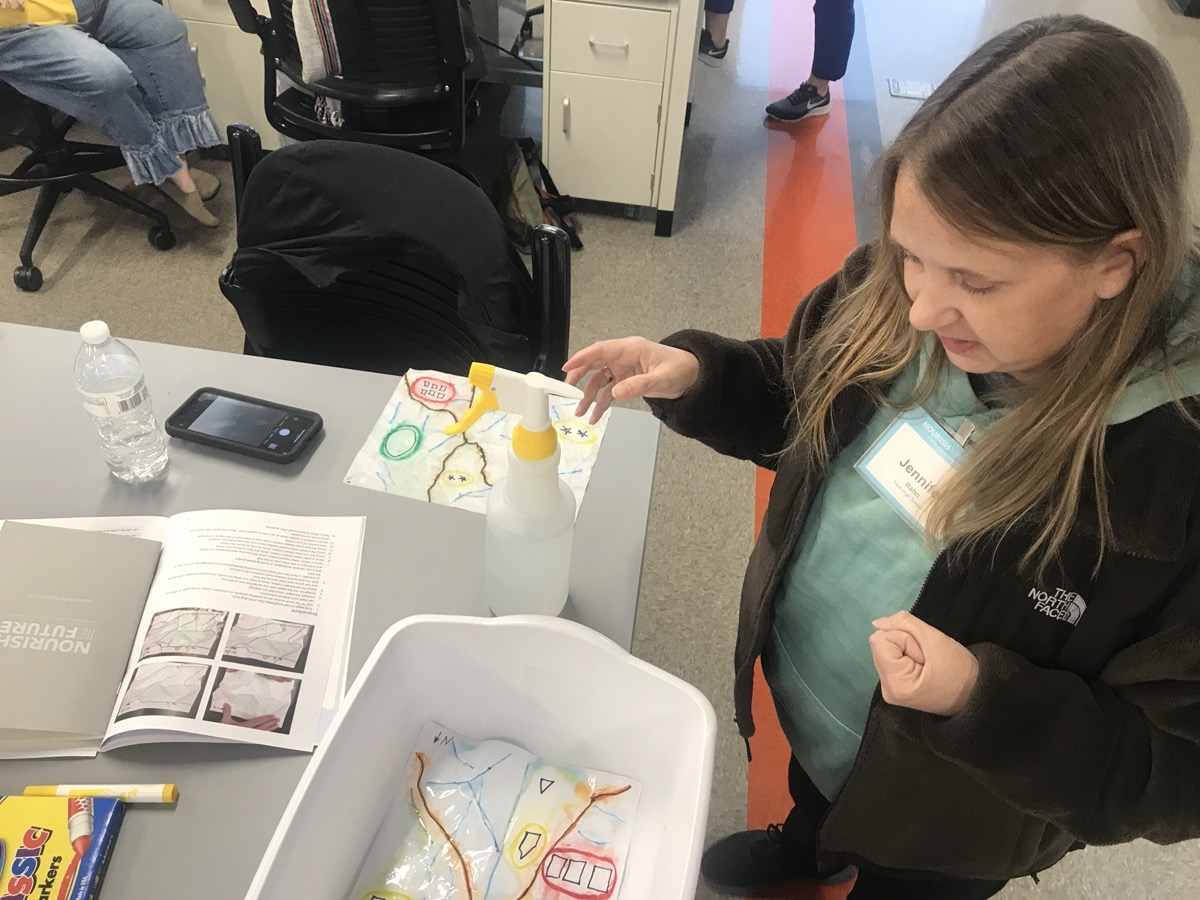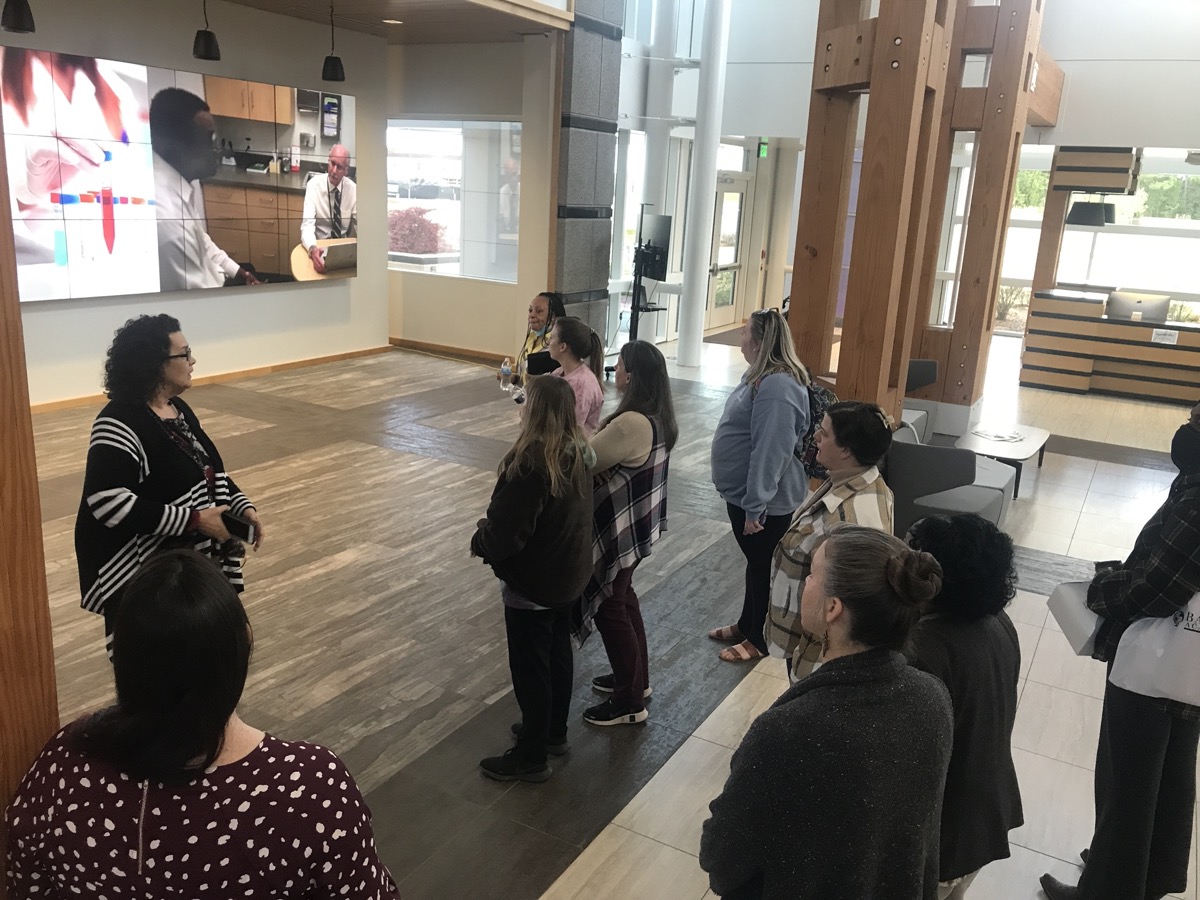15 middle and high school science teachers recently gathered in Huntsville, Alabama to learn about the science of food production and sustainable fuels in the Nourish the Future workshop Feeding and Fueling the World. Sponsored by National Corn Growers Association and United Soybean Board, the engaging activities and lessons covered topics including biotechnology, soil health, water quality, fermentation, and populations.

The workshop was held at HudsonAlpha, a world-class genomics research facility. Participants toured the location and visited research labs responsible for the sequencing of more than half the plant genomes published to date.

All participants received professional development credit and classroom supplies.
Autumn Evilsizer teaches environmental science, biology, and physical science at Smiths Station High School. “This workshop helped fill some content gaps in my knowledge when it comes to soil health and water quality,” Evilsizer said.
"I’d like to use this info to connect to more real life scenarios and get my students more engaged in the concepts we talk about. These lessons make me want to get outside and do more hands-on stuff!”
Participant Ann Githinji, from C.F. Vigor High School, teaches honors biology, honors chemistry, and dual enrollment biology. She said the title of the workshop caught her attention, since she is interested in keeping up with what’s new in science.

"To know that ag can be a lens through which we can teach all the topics in our classroom—that was amazing! I’ll definitely use these lessons. They can definitely open up the ideas of what students can do with science. Typically they think about being a doctor, going into a health field. But hey can connect to agriculture as a chemist, a geneticist—even as a researcher,” Githinji said.
“This material helps teachers connect the bigger picture for students—how to teach about big issues in the classroom. It helps students see why they are learning topics, which makes them interesting.”